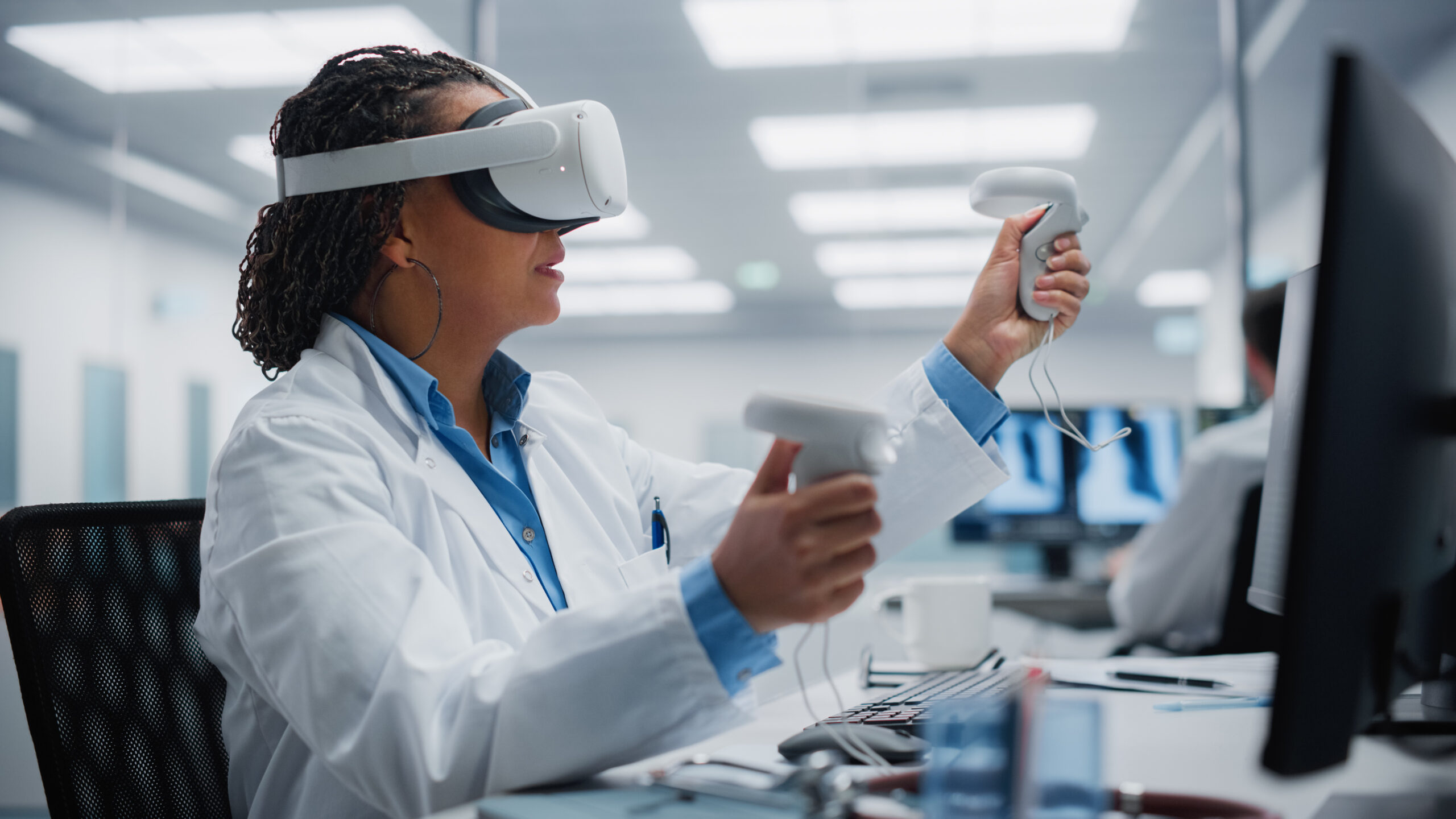By Melissa Wildstein –
We’ve talked about how Augmented and Virtual reality can help medical device professionals create a more engaging and immersive learning experience for their healthcare providers, that using AR/VR technology can lead to better understanding and retention of information and that it can help medical device and pharmaceutical companies reduce some of the costs associated with in-person training and education programs. But what about the platforms themselves?
There are several AR/VR platforms available but as with anything, each has its own strengths and weaknesses. Below are some of the most popular platforms that we’re seeing in the medical device space.
- Oculus: Oculus is a VR platform developed by Facebook that provides a fully immersive experience by creating a virtual world. It is primarily used for gaming, but is one of the more popular tools used for medical training and education. The Royal College of Surgeons in Ireland built the RCSI Medical Training Simulation in conjunction with Immersive VR Education. https://www.oculus.com/experiences/gear-vr/878262692296965/
- HoloLens: is a mixed reality platform developed by Microsoft that allows users to interact with virtual objects in the real world. It uses a combination of sensors, cameras and holographic displays to create an immersive experience. https://www.microsoft.com/en-us/hololens/industry-healthcare
- Unity: Unity is a versatile platform traditionally used for gaming that can be used to build AR/VR applications for iOS, Windows, Android and MacOS. They have a great case study showcasing some of the work done for Galderma’s training program on facial anatomy. https://blog.unity.com/manufacturing/how-galderma-is-sculpting-the-future-of-anatomy-training
- Vuforia: Vuforia is an AR platform that allows developers to create interactive AR experiences for mobile devices. It uses computer vision technology to recognize images and objects in the real world and overlay digital content on top of them. https://www.youtube.com/watch?v=Bq8R3-KmlJ0
- Google Cardboard: Google Cardboard is a low-cost VR platform that uses your smartphone as the display. It consists of a cardboard headset that holds the smartphone and provides a basic VR experience. The nice thing about Google Cardboard is that there are so many branding opportunities with the headset itself. And because it is inexpensive and available in a flat (assemble it yourself) form, it can be leveraged in ways that traditional VR headset platforms can’t like direct mail and as a leave behind.
The platform that you choose will ultimately depend on your goals and objectives, but if this is an area that you’re interested in exploring and you’d like to talk further about how AR and VR can fit into your medical device marketing plans, schedule a meeting and let’s talk!






